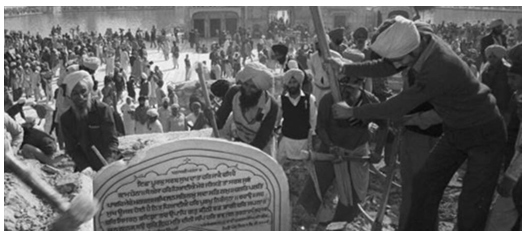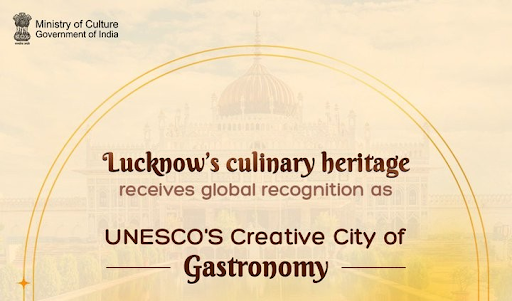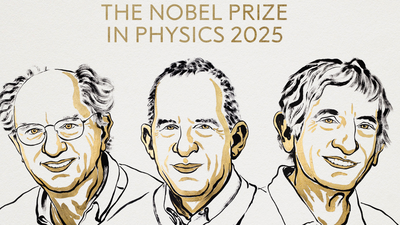Description

Copyright infringement not intended
Context: Hundreds of followers of Amritpal Singh, a radical preacher and pro-Khalistan leader, clashed violently with police outside Ajnala police station near Amritsar, demanding the release of one of their colleagues who had been taken into custody in an alleged kidnapping case.
Details:
What is the Khalistan movement?
- The Khalistan movement is a fight for a separate, sovereign Sikh state in present day Punjab (both India and Pakistan).
- Over the years, it has survived in various forms, in various places and amongst different populations.
- The movement was crushed in India following Operation Blue Star (1984) and Operation Black Thunder (1986 and 1988), but it continues to evoke sympathy and support among sections of the Sikh population, especially in the Sikh diaspora in countries such as Canada, the UK, and Australia.
Origin:
- The origins of the movement have been traced back to India’s independence and subsequent Partition along religious lines.
- The Punjab province, which was divided between India and Pakistan, saw some of the worst communal violence and generated millions of refugees: Sikhs and Hindus stranded on the west (in Pakistan) rushed to the east, whereas Muslims in the east fled westward.
- Lahore, the capital of Maharaja Ranjit Singh’s great Sikh Empire, went to Pakistan, as did holy Sikh sites including Nankana Sahib, the birthplace of Guru Nanak, the founder of Sikhism. While most Sikhs found themselves in India, they were a small minority in the country, making up around 2 per cent of the population.
- The political struggle for greater autonomy began around the time of Independence, with the Punjabi Suba Movement for the creation of a Punjabi-speaking state.
- The States Reorganisation Commission, in its 1955 report, rejected this demand, but in 1966, after years of protest, the state of Punjab was reorganised to reflect the Punjabi Suba demand.
- The erstwhile Punjab state was trifurcated into the Hindi-speaking, Hindu-majority states of Himachal Pradesh and Haryana, and the Punjabi-speaking, Sikh-majority Punjab.
.jpeg)
Anandpur Sahib Resolution:
- The Punjabi Suba movement had galvanised the Akali Dal which became a major force in the new Sikh-majority Punjab, and gave the Congress hard fights in the Legislative Assembly elections of 1967 and 1969.
- But in 1972, in the aftermath of Indira Gandhi’s resounding victory in the 1971 Lok Sabhaelections, the Akali Dal’s performance in the state was underwhelming.
- The party met at the sacred town of Anandpur Sahib, the birthplace of the Khalsa, in 1973, and released a list of demands that would guide the political path of the Akali Dal. Among other things, the Anandpur Sahib Resolution demanded autonomy for the state of Punjab, identified regions that would be part of a separate state, and sought the right to frame its own internal constitution.
- The Akali Dal was trying to cash in on the growing demand for an autonomous state which had emerged alongside the Punjabi Suba movement and had gone global by 1971 — when an advertisement appeared on The New York Times proclaiming the birth of Khalistan.
- While the Akalis themselves repeatedly made it clear that they were not demanding secession from India, for the Indian state, the Anandpur Sahib Resolution was of grave concern.
Jarnail Singh Bhindranwale:
- Many in Punjab sought to go beyond just a demand for greater autonomy.
- One such man was Jarnail Singh Bhindranwale, a charismatic preacher who soon positioned himself as “the authentic voice of the Sikhs, in contrast to the Akali Dal’s lukewarm, vacillating leadership
- Some accounts claim that Bhindranwale was propped up by Sanjay Gandhi, Indira’s son, to stand against the Akalis for Congress’s political benefit.
- However, by the 1980s, the appeal of Bhindranwale had grown so much that he started to become a problem for the government.
- He found a captive audience in the state’s youth, especially those in the lower rungs of the social ladder, and massed a massive following. He and his followers were also getting increasingly violent.
- In the summer of 1982, Bhindranwale, with support from the Akali Dal’s leadership, launched a civil disobedience movement called the Dharam Yudh Morcha. He took up residence inside the Golden Temple, directing demonstrations and clashes with the police.
- The movement was geared towards the demands first articulated in the Anandpur Sahib Resolution, especially the socio-economic demands, which addressed concerns of the state’s rural Sikh population.
- However, amidst growing religious polarisation, sectarian violence, and Bhindranwale’s own harsh rhetoric against Hindus, Indira Gandhi’s government declared the movement tantamount to secession.
Operation Blue Star:
- By 1984, the situation in Punjab had become increasingly untenable for the government.
- Bhindranwale had given a call to arms, and instances of violence against Hindus as well as government officers had become common.
- Indira Gandhi took the fateful decision to order the Indian Army to flush out militants from the Golden Temple and neutralise Bhindranwale.
- Operation Blue Star began on June 1, 1984, but due to fierce resistance from Bhindranwale and his heavily armed supporters, the Army’s operation became larger and more violent than had been originally intended, with the use of tanks and air support.
- The image of Indian Army tanks shelling the holiest shrine of Sikhism was traumatic, and the very large number of civilian casualties that occurred during the operation added to the trauma.
- According to the government, 83 Indian Army soldiers were killed and 249 were injured in the operation. A total 493 militants and civilians were killed in the operation.

Aftermath:
- While the operation was ostensibly successful in its aims — Bhindranwale was killed and the Golden Temple was freed of militants — it gravely wounded the Sikh community around the world.
- It also galvanised the demand for Khalistan.
- On October 31, 1984, Prime Minister Indira Gandhi was assassinated by two Sikh bodyguards.
- This triggered the worst communal violence since Partition — even according to conservative estimates, over 8,000 Sikhs were massacred in massive anti-Sikh street violence.
- A year later, Sikh nationalists based in Canada blew up an Air India flight killing 329 people. They claimed that the attack was to “avenge Bhindranwale’s killing”.
- Punjab saw the worst violence, becoming the hub of a long drawn out insurgency that lasted till 1995.
What is the status of the Khalistan movement today?
- Punjab has long been peaceful, but the movement lives among some Sikh communities overseas.
- The diaspora is composed predominantly of people who don’t want to live in India.
- The deep rooted anger over Operation Blue Star and the desecration of the Golden Temple continues to resonate with some in the newer generations of Sikhs.
- However, even as Bhindranwale is viewed as a martyr by many and the 1980s remembered as dark times, this has not manifested into tangible political support for the Khalistan cause.
- There is a small minority that is clinging to the past, and that small minority remains significant not because of popular support, but rather because they are trying to keep up their political influence with various political parties both from the left and the right.


https://indianexpress.com/article/explained/amritpal-singh-khalistan-movement-punjab-history-8465056/






.jpeg)











